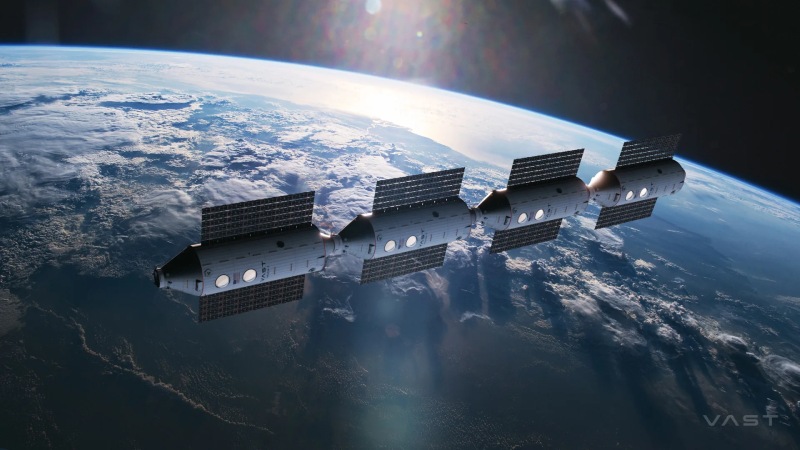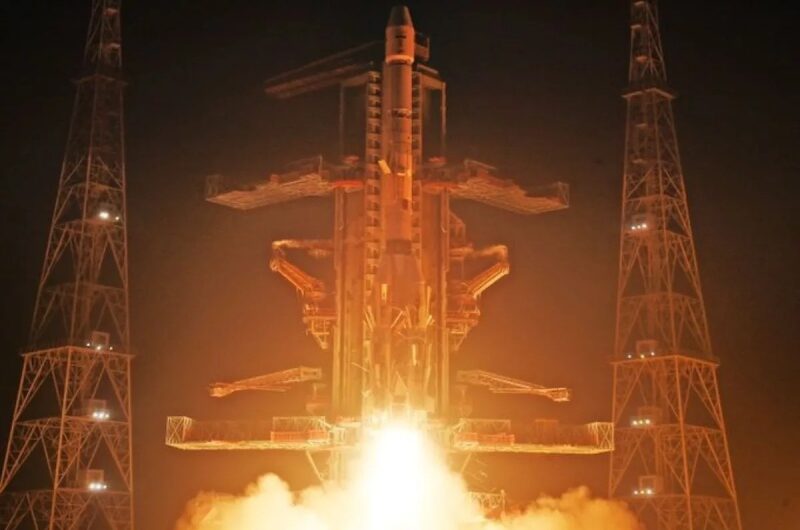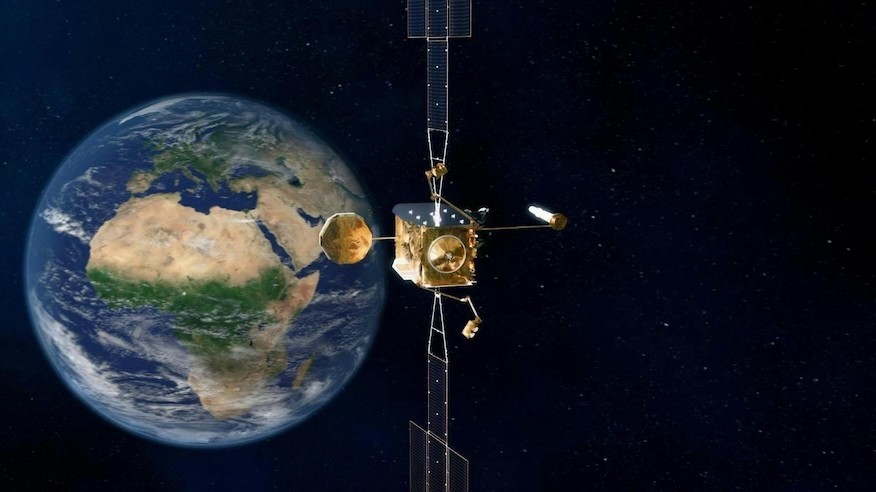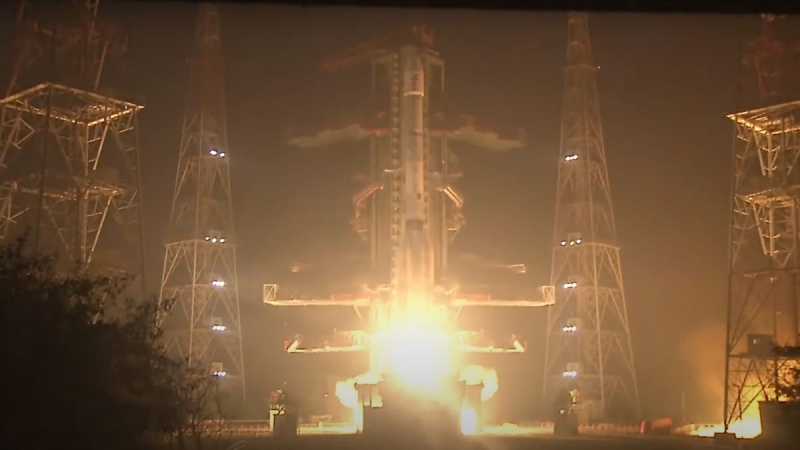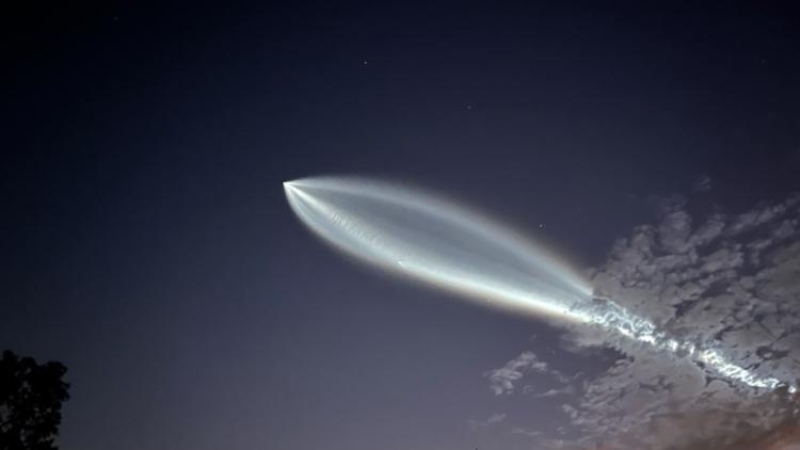China has unveiled its first national-level program for medium- to long-term space science, outlining its vision for space research and exploration from 2024 to 2050. This ambitious plan, announced on Tuesday, sets the stage for significant developments, including manned lunar exploration by 2027, and aims to establish China as a global leader in space science by mid-century. The program, a collaboration between the Chinese Academy of Sciences (CAS), the China National Space Administration (CNSA), and the China Manned Space Agency (CMSA), was launched with the goal of fostering breakthroughs in space technology, enhancing space applications, and achieving high-quality development in the field.
CAS emphasized that the program will accelerate advancements in basic scientific research, drive innovation in space technology, and promote space applications. The initiative is seen as a stepping stone for China to achieve world-class scientific achievements and position itself among the leading spacefaring nations. Moreover, the program is expected to contribute to building a global community dedicated to space exploration and scientific cooperation.
The development plan is divided into three distinct phases. The first stage, running until 2027, focuses on continuing operations of the China Space Station and advancing planetary exploration. Notably, it includes China’s first manned lunar mission, which will involve taikonauts conducting scientific and resource exploration on the moon. CMSA spokesperson Lin Xiqiang highlighted that this mission is a strategic initiative aimed at advancing human civilization and demonstrating China’s role as a major power in space.
In the second phase, from 2028 to 2035, China aims to achieve significant scientific breakthroughs and continue manned lunar exploration, while also advancing projects like the International Lunar Research Station (ILRS), solar system exploration, and Venus atmospheric sampling. According to CNSA official Yang Xiaoyu, the ILRS has already seen substantial international cooperation, with agreements signed with 17 countries and organizations.
The final phase, spanning from 2036 to 2050, envisions China’s space science reaching global leadership levels, with multiple major and smaller-scale missions planned. This stage will focus on five scientific themes: the extreme universe, spacetime ripples, the Sun-Earth system, habitable planets, and the fundamental laws of space. These missions aim to propel China to the forefront of global space research, positioning the nation as a true space science power by 2050.
Topics #China #CNSA #galaxy #news #Space #Space Science #technology #universe
